Michael Girard
Universal Fourier Attack for Time Series
Sep 02, 2022



Abstract:A wide variety of adversarial attacks have been proposed and explored using image and audio data. These attacks are notoriously easy to generate digitally when the attacker can directly manipulate the input to a model, but are much more difficult to implement in the real-world. In this paper we present a universal, time invariant attack for general time series data such that the attack has a frequency spectrum primarily composed of the frequencies present in the original data. The universality of the attack makes it fast and easy to implement as no computation is required to add it to an input, while time invariance is useful for real-world deployment. Additionally, the frequency constraint ensures the attack can withstand filtering. We demonstrate the effectiveness of the attack in two different domains, speech recognition and unintended radiated emission, and show that the attack is robust against common transform-and-compare defense pipelines.
Deep Learning for Spectral Filling in Radio Frequency Applications
Mar 31, 2022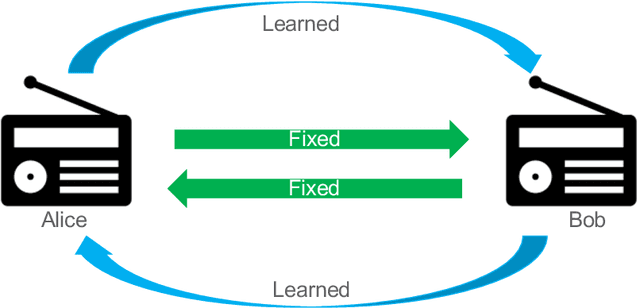
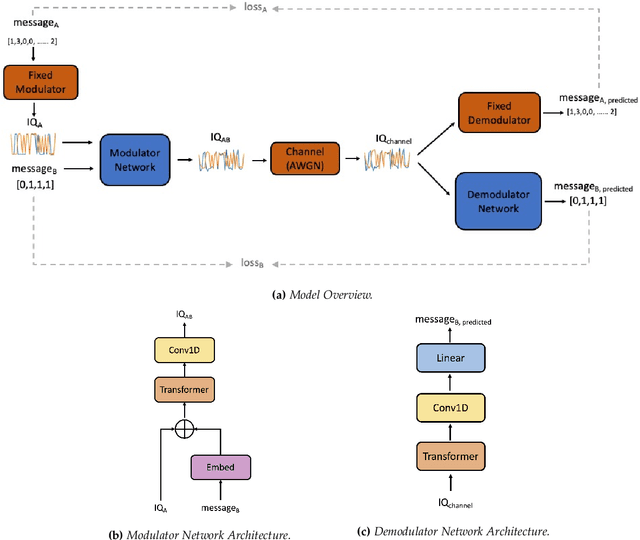
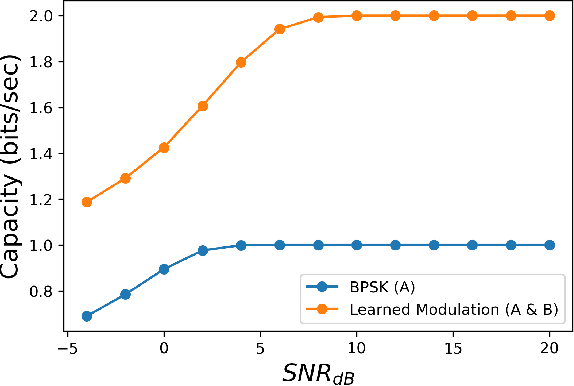
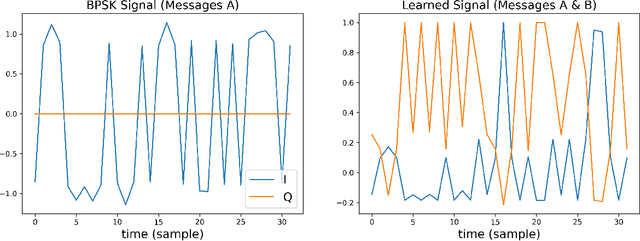
Abstract:Due to the Internet of Things (IoT) proliferation, Radio Frequency (RF) channels are increasingly congested with new kinds of devices, which carry unique and diverse communication needs. This poses complex challenges in modern digital communications, and calls for the development of technological innovations that (i) optimize capacity (bitrate) in limited bandwidth environments, (ii) integrate cooperatively with already-deployed RF protocols, and (iii) are adaptive to the ever-changing demands in modern digital communications. In this paper we present methods for applying deep neural networks for spectral filling. Given an RF channel transmitting digital messages with a pre-established modulation scheme, we automatically learn novel modulation schemes for sending extra information, in the form of additional messages, "around" the fixed-modulation signals (i.e., without interfering with them). In so doing, we effectively increase channel capacity without increasing bandwidth. We further demonstrate the ability to generate signals that closely resemble the original modulations, such that the presence of extra messages is undetectable to third-party listeners. We present three computational experiments demonstrating the efficacy of our methods, and conclude by discussing the implications of our results for modern RF applications.
Digital Signal Processing Using Deep Neural Networks
Sep 21, 2021



Abstract:Currently there is great interest in the utility of deep neural networks (DNNs) for the physical layer of radio frequency (RF) communications. In this manuscript, we describe a custom DNN specially designed to solve problems in the RF domain. Our model leverages the mechanisms of feature extraction and attention through the combination of an autoencoder convolutional network with a transformer network, to accomplish several important communications network and digital signals processing (DSP) tasks. We also present a new open dataset and physical data augmentation model that enables training of DNNs that can perform automatic modulation classification, infer and correct transmission channel effects, and directly demodulate baseband RF signals.
Predicting Aqueous Solubility of Organic Molecules Using Deep Learning Models with Varied Molecular Representations
May 27, 2021
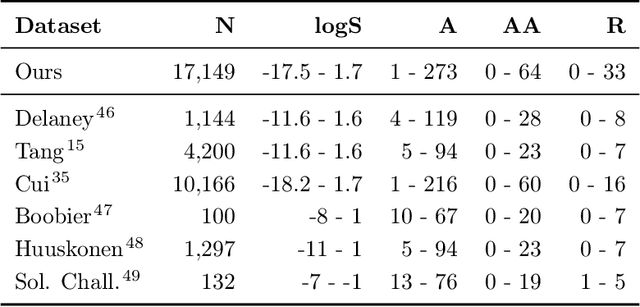
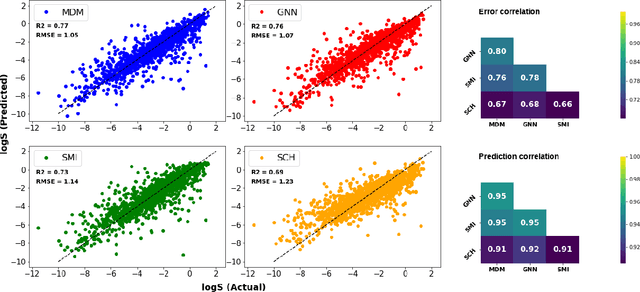
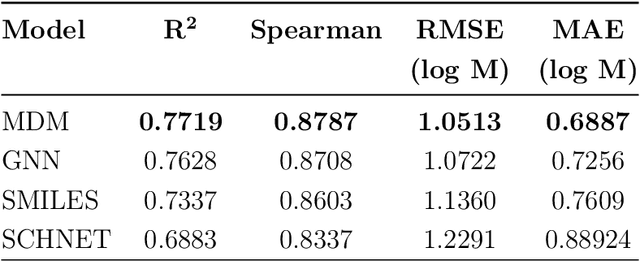
Abstract:Determining the aqueous solubility of molecules is a vital step in many pharmaceutical, environmental, and energy storage applications. Despite efforts made over decades, there are still challenges associated with developing a solubility prediction model with satisfactory accuracy for many of these applications. The goal of this study is to develop a general model capable of predicting the solubility of a broad range of organic molecules. Using the largest currently available solubility dataset, we implement deep learning-based models to predict solubility from molecular structure and explore several different molecular representations including molecular descriptors, simplified molecular-input line-entry system (SMILES) strings, molecular graphs, and three-dimensional (3D) atomic coordinates using four different neural network architectures - fully connected neural networks (FCNNs), recurrent neural networks (RNNs), graph neural networks (GNNs), and SchNet. We find that models using molecular descriptors achieve the best performance, with GNN models also achieving good performance. We perform extensive error analysis to understand the molecular properties that influence model performance, perform feature analysis to understand which information about molecular structure is most valuable for prediction, and perform a transfer learning and data size study to understand the impact of data availability on model performance.
 Add to Chrome
Add to Chrome Add to Firefox
Add to Firefox Add to Edge
Add to Edge